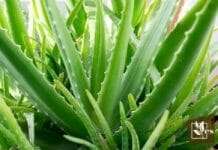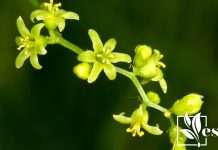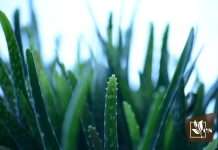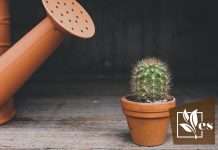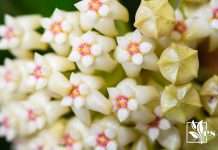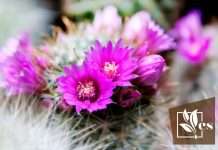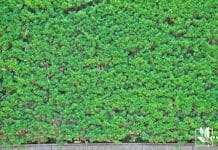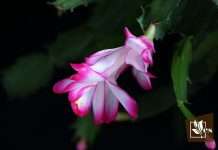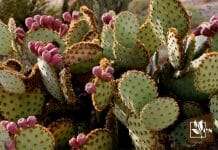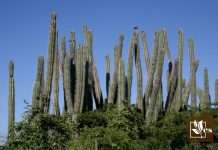- 7 Colorful Dusty Miller Companion Plants To Grow - March 11, 2024
- Giant Green Arborvitae Spacing: All There Is To Know Regarding This - March 5, 2024
- 7 Fruit Trees for Zone 9: The Perfect Fruit Garden - March 4, 2024
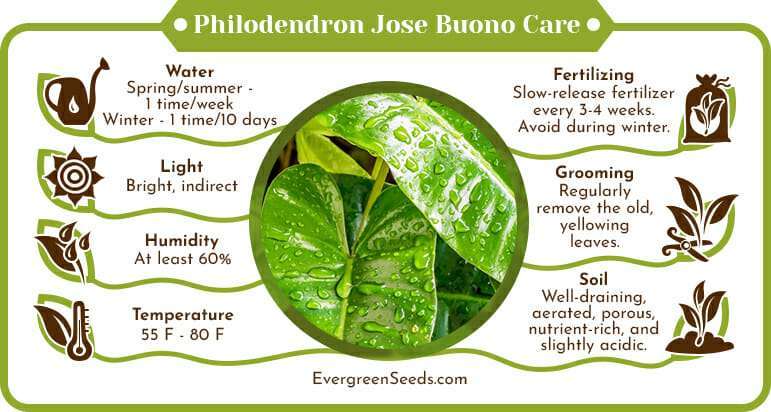 Philodendron Jose Buono is among the rarest and most popular Philodendrons on the market. With its large, variegated leaves, it guarantees a special display.
Philodendron Jose Buono is among the rarest and most popular Philodendrons on the market. With its large, variegated leaves, it guarantees a special display.
However, caring for this precious plant from the Araceae (arum) family can be tricky at first.
In this guide, our green-fingered experts discuss the ideal growing conditions for Philodendron Jose Buono while offering their top care tips and tricks to ensure a healthy, happy, and stunning plant.
JUMP TO TOPIC
Philodendron Jose Buono Care Guide
The gorgeously variegated leaves of Philodendron Jose Buono can become a statement piece on any home. Here are our top tips for keeping this rare plant thriving.
 Light Requirements
Light Requirements
Philodendron Jose Buono grows best in bright indirect light but will also tolerate medium light. In their native habitat, philodendrons are epiphytes. As a result, they are accustomed to lower levels of light when young, but as the plants mature, they will grow large leaves that can absorb more light trickling through the canopy.
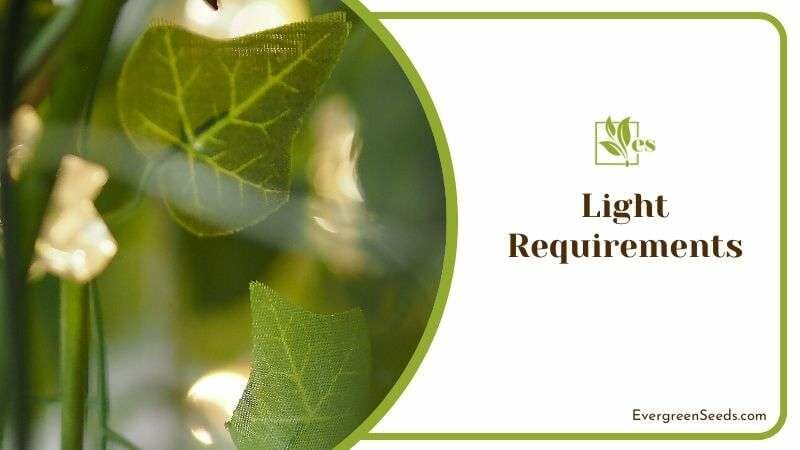
When growing Philodendron Jose Buono indoors, we recommend keeping it in a room where it receives at least six hours of bright indirect light per day. Avoid exposing the plant to direct sunlight, as this will only scorch the leaves. On the other hand, keeping it in a shaded spot will result in leggy growth and loss of variegation.
 Temperature Requirements
Temperature Requirements
The optimum temperature range for Philodendron Jose Buono is between 55 and 80 degrees F (13 to 27 C). This plant can easily grow in most homes, and although it won’t mind cooler temperatures, it can suffer permanent damage if kept at 50 F (10 C) or lower for a long time.
Also, make sure that it’s not sitting next to an air conditioning unit or heating vent, as any sudden drafts and temperature fluctuations can shock the plant.
 Water Requirements
Water Requirements
In general, the Philodendron Jose Buono plant needs to be watered once a week throughout spring and summer and once every 7-10 days in winter. Try to keep the substrate moist but not waterlogged, as this can result in root rot.
If you’re not sure if your philodendron needs to be watered, use your finger to check whether the top inch of the substrate feels dry to the touch. If it still feels damp, allow it to dry a bit more before giving the plant more water.
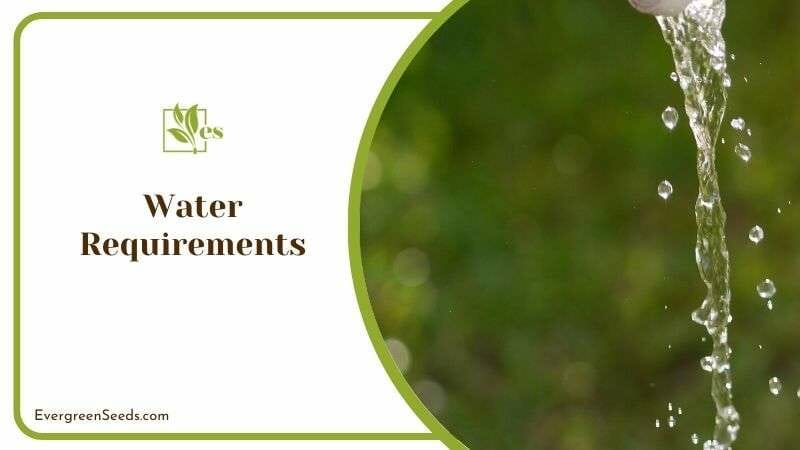
We recommend using the soak and drain method to water your Philodendron Jose Buono. Slowly pour water at the base of the plant to thoroughly soak the substrate. When the water starts dripping through the drainage holes, let the pot drain in the sink or bathtub, then place it back on its tray. This method mimics the heavy rains that philodendrons are used to in the rainforests.
 Humidity Requirements
Humidity Requirements
Although Philodendron Jose Buono can survive in a humidity level as low as 40 percent, we encourage you to boost it to at least 60. Philodendrons are tropical plants and, in their native range, they will often grow in moisture levels of 80 percent and higher.
High humidity encourages the leaves to grow larger, helps them unfurl better, and prevents houseplant pests such as spider mites.
When it comes to aroids and other tropical epiphytes, we usually recommend a humidifier to meet their humidity needs. As an alternative, you can also put the pot on top of a pebble tray and combine that with lightly misting the leaves once a day.
When misting Philodendron Jose Buono, make sure that it also receives adequate air circulation and allow the foliage to dry out before misting again. If the leaves stay wet all the time, they will develop fungal problems.
 Soil Requirements
Soil Requirements
The ideal substrate for Philodendron Jose Buono should be well-draining, aerated, porous, nutrient-rich, and slightly acidic. Like all epiphytic aroids, this philodendron rarely grows in soil, and you’re more likely to find it growing in a mixture of dead leaves, old bark, and other organic debris that collects between the tree branches.
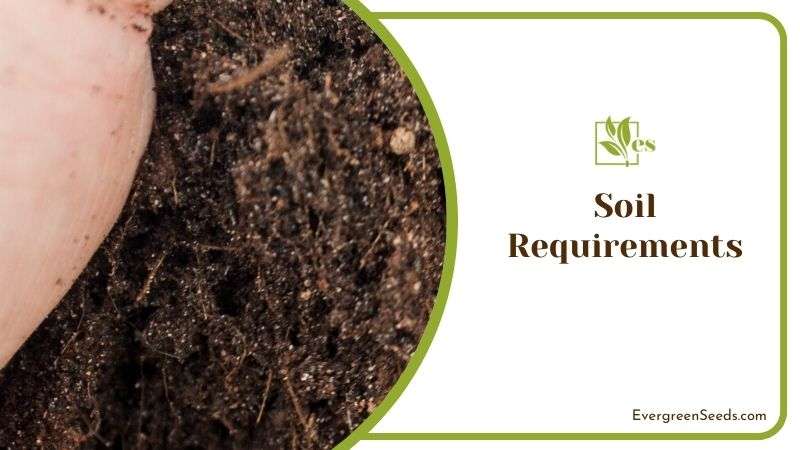
An excellent substitute for soil is coir, which we recommend because it breaks down slower, and it also drains better. If you’re looking for a soil-less substrate, you can also grow Philodendron Jose Buono in LECA and a nutrient solution.
Here’s a great aroid mix you can use for potting Philodendron Jose Buono:
- 1 part coir
- 1 part perlite for extra drainage
- 1 part orchid bark to increase acidity and provide aeration to the roots
- ½ part horticultural charcoal to improve porosity and help filter out impurities
- ½ part worm castings to give the plant a nutrient boost
Keep in mind that overwatering problems aren’t caused just by the amount of water you give your plants but also by a potting mix that drains poorly and does not allow the substrate to dry out a bit in between waterings.
If you’re using the ‘recipe’ we suggested above, your Philodendron Jose Buono is unlikely to ever suffer from root rot.
 Fertilizer Requirements
Fertilizer Requirements
Philodendron Jose Buono is a low feeder. From early spring until mid-autumn, you can give this plant a diluted fertilizer once every 3-4 weeks. In winter, the plant enters a brief period of dormancy. You can stop fertilizer applications altogether during this time.
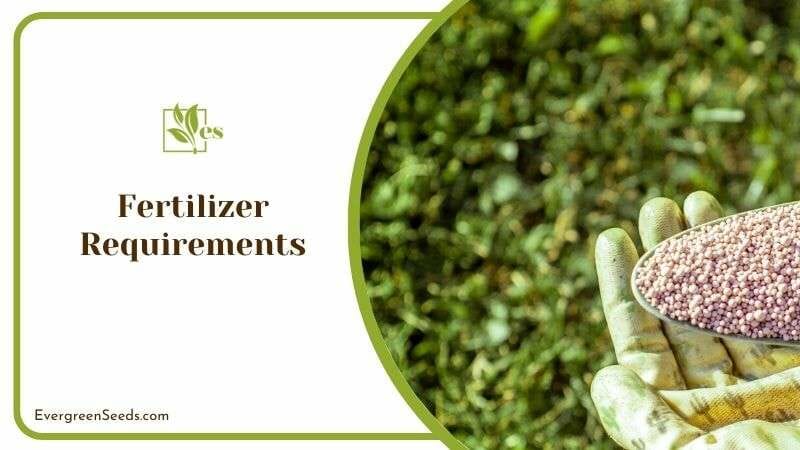
We recommend using a slow-release fertilizer with an N-P-K nutrient ratio of 15-5-10, diluted to half the strength.
 Pruning and Maintenance
Pruning and Maintenance
Philodendron Jose Buono needs very little pruning. As the plant grows, the older leaves from the bottom of the plant will turn yellow. Essentially, the plant is spending more energy on new growth and is using the nutrients in the older leaves to support the younger ones, which causes them to wilt naturally.
You can trim the old, yellowing leaves using a sharp, sterilized blade, or you can leave them attached until they are completely dry and simply fall off.
The large leaves of the Philodendron Jose Buono can also attract a lot of dust. Once a week, we recommend wiping them using a cloth and lukewarm water. This is also an excellent time to check for any pests, especially on the undersides. Avoid using leaf-shine products, as they will clog the stomata in the leaves and suffocate the plant.
Repotting Philodendron Jose Buono
Philodendron Jose Buono has a slow growth rate, which means that it only needs repotting once every 2-3 years. If you can see roots coming through the drainage holes, that’s a sign that the plant has outgrown its current container.
The best time to repot Philodendron Jose Buono is in spring or early summer, during the plant’s growing season. Simply move the plant to a container that’s one size or 2 inches (5 cm) larger than the old one, and provide it with a fresh potting mix.
We recommend using plastic containers for your Philodendron Jose Buono. This material prevents the soil from drying out too much. Always make sure that the pot has adequate drainage holes at the bottom to prevent the roots from sitting in water. Also, if you’re keeping the pot in a decorative ceramic mask, make sure that there’s no water sitting in the mask, as this will also lead to root rot.
Philodendron Jose Buono Propagation Guide
Philodendron Jose Buono can be propagated through stem cuttings. You can also use this method if you have a large plant that needs trimming to give it a more contained shape.
The ideal season for propagating Philodendron Jose Buono is spring and summer, when the plant is actively growing.
Here’s our step-by-step guide for propagating Philodendron Jose Buono:
- Use a sharp, sterilized blade and cut the stem between the growth nodes. Depending on how long the stem is, you can cut several sections, each with a growth node and at least one leaf attached.
- Place the cutting in a glass of water, and keep it in bright, indirect light. Remember to change the water once a week to prevent bacteria and algae growth.
- Alternatively, you can also propagate the cutting in sphagnum moss. Fill a container, put the cutting in the middle, and use a spray pump to mist the moss. Make sure that the moss doesn’t dry out, and cover it with transparent plastic wrap to help preserve humidity.
- The cutting should root in about 3-4 weeks. Keep it in water or moss until the roots are at least 2 inches (5 cm) long, then you can transplant it to a container.
You can also use Philodendron Jose Buono seeds for propagation. However, this method is more complicated, given the fact that this plant rarely flowers indoors and relies on cross-pollination for the fruit to develop.
Also, the seeds have a short lifespan and should be used soon after you remove them from the fruit. As a result, we recommend using stem cuttings rooted in water or sphagnum moss for propagating this plant.
Common Pests and Problems
If you use the comprehensive care guide we’ve provided so far, Philodendron Jose Buono will be free from most pests and diseases.
Here’s what you need to keep an eye out for, just in case.
– Root Rot
This is a common problem if you’re growing Philodendron Jose Buono on a substrate that does not drain well. We recommend substituting the soil in your potting mix for coir and using amendments that improve drainage and root aeration, such as perlite and orchid bark. Also, allow the substrate to dry out to a depth of an inch in between waterings.
Pests
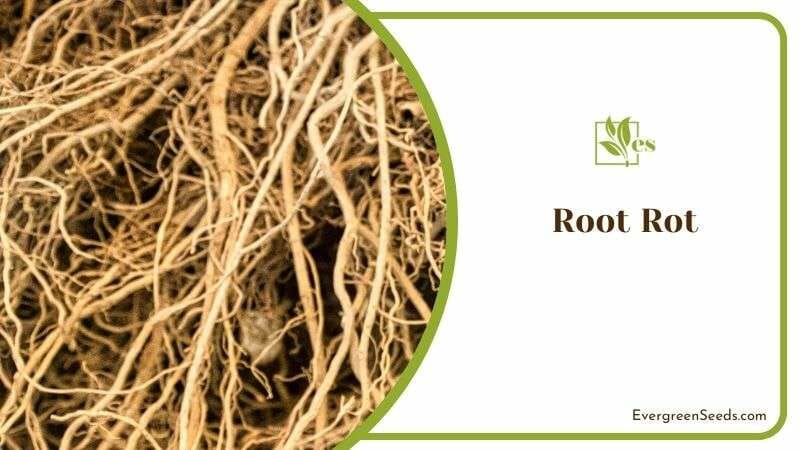
Philodendron Jose Buono is resistant to most pests but can, on occasion, attract mealybugs and spider mites. We recommend checking the undersides of the leaves regularly to detect any infestation. If you do find any pests, spray the leaves with a solution of water and isopropyl alcohol once a week.
You can check out the following philodendron varieties: philodendron white princess, philodendron silver stripe, philodendron shangri la, philodendron ring of fire, and philodendron spiritus sancti.


